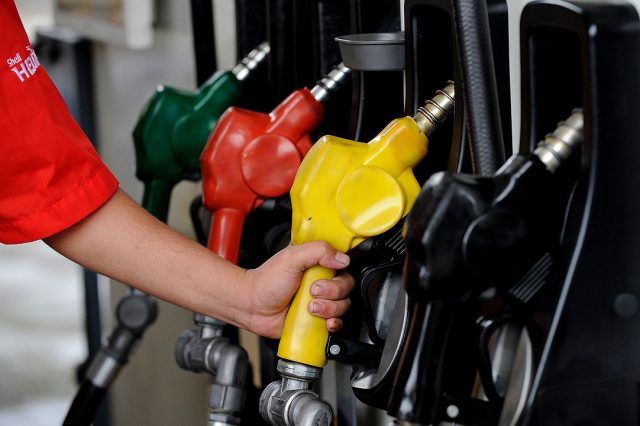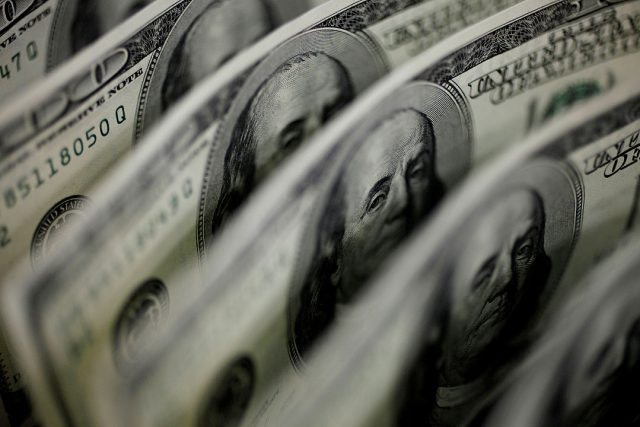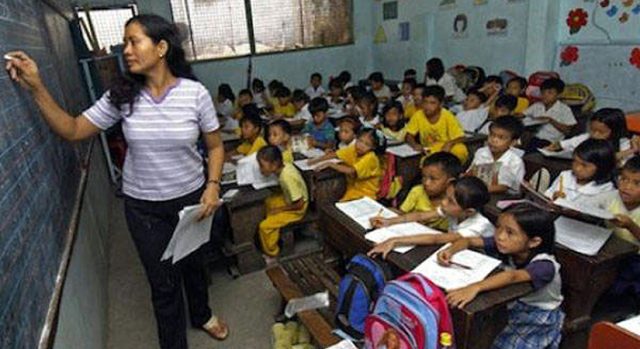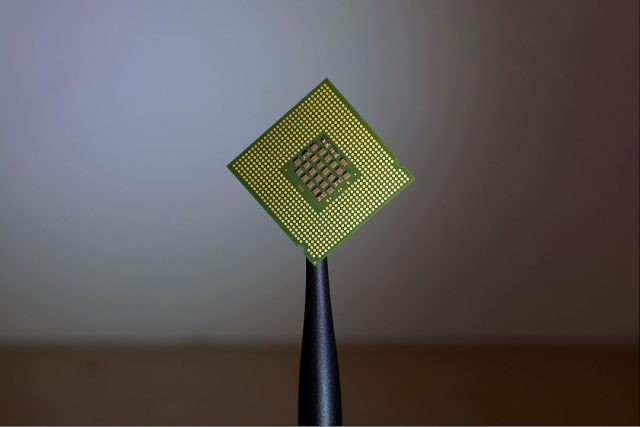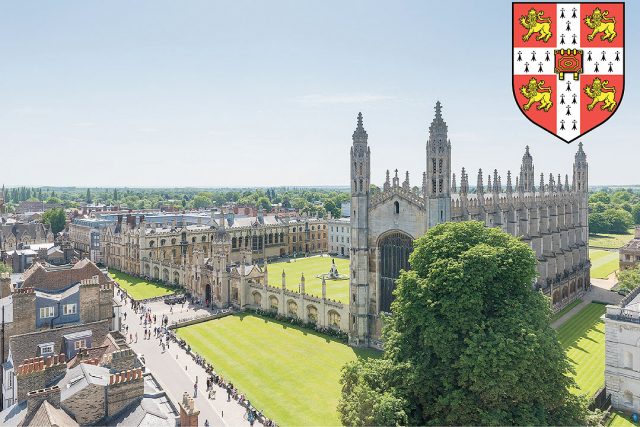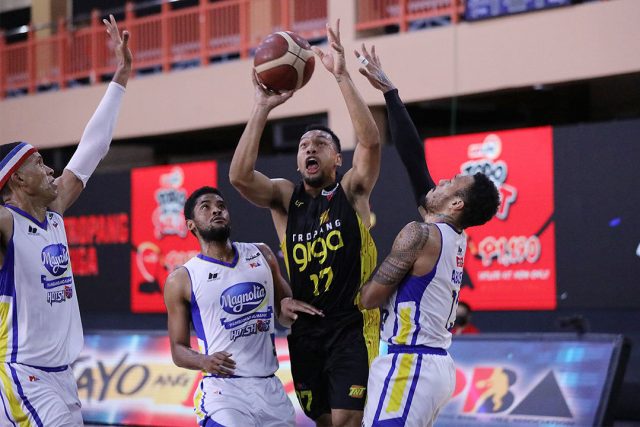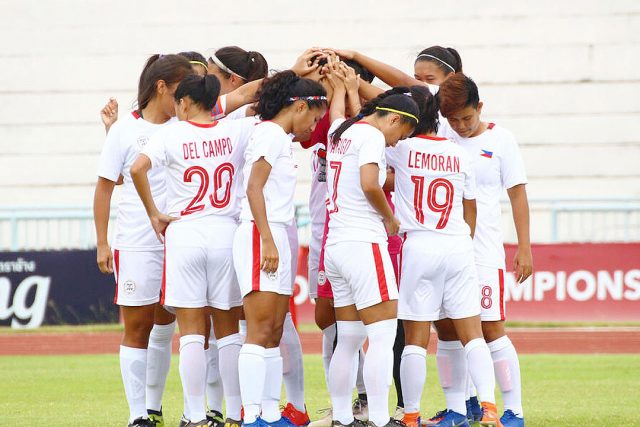For those of us old enough to remember, the sharp increases in oil prices led to the oil crises in 1973 and 1979. Output slumped in the US, Europe, and Japan by sizeable amounts in 1973 while the global economy dropped by about 3% in 1979. In developing countries like the Philippines, we experienced queuing up for rationed fuel in gas stations.
OPEC nations made hundreds of billions of petrodollars, with collateral benefits to Russia and Norway. In the absence of sufficient investment outlets in the oil-exporting nations, these petrodollars were recycled to both the US and Europe.
While a scourge to many countries, the oil crisis was a compelling incentive to explore various energy sources other than fossil fuel. OPEC supremacy in oil politics unmasked the vulnerability of Western economies to external events outside their control. Climate change prompted investments in research focused on wind and solar power technologies while advocacies to reduce oil consumption and greenhouse gas emissions proliferated in both advanced economies and emerging markets. Renewable energy became the buzzword.
We need to jog our memory to realize how oil prices have climbed to dizzying heights. In 1973-74 when OPEC declared an oil embargo against pro-Israel countries, oil prices rose from $3 to $12 per barrel, or 300%. In 1979-80, a drop in oil production due to the Iranian Revolution saw oil prices escalating to over $39 per barrel.
Unfortunately, we are again seeing the same oil dynamics today.
Brent and Dubai oil prices have been rising fast. From $42.15 and $42.30 per barrel averages, respectively, in 2020, they climbed to $67.25 and $69.01 per barrel averages for nearly 10 months this year. These gains were huge, nearly 60% for Brent and 63% for Dubai.
As of Oct. 25, Brent and Dubai have risen to $82.87 and $85.36 per barrel, respectively.
Some long-term factors appear at work. Supply and delivery hub inventories are down because of extraordinary recoveries in demand from major economies. Typhoon Ida in the US also reportedly shut down at least nine refineries. OPEC has sustained its production cutback for some time now. To adjust to the emerging situation, there has been steady decumulation of oil reserves in many countries.
The long-term prospects are not very promising. Investment in new rigs and wells, natural gas hubs, and even coal mines has been minimal resulting in a global energy shortage.
Therefore, we see that the significant increase in oil prices is driving up local fuel prices and, by extension, many food and non-food commodities in the consumer basket.
It was Energy Secretary Al Cusi who spoke on the possibility of suspending the excise tax on fuel products. He expects that this could reduce pump prices by some P8 to P10 per liter. Cusi was correct in saying that an executive order is not enough to implement his proposal. A congressional action is required. While the Bayanihan Law contained a mechanism for suspending the excise tax when oil prices hit certain thresholds, the period of implementation has elapsed. Only the years 2018-2020 were covered. The TRAIN (Tax Reform for Acceleration and Inclusion) Law slaps duties on both gasoline and diesel with no provision for automatic adjustment.
Some presidential aspirants, before and after Cusi spoke, have also sounded the alarm against the continued implementation of this tax measure because the transport sector is affected and consumers would have to suffer, too. High prices affect everyone, but the poor have the least capacity to absorb them. It is very tempting to go populist.
What is being asked may not exactly be a zero-sum game, but the risks are just too great to be ignored.
The Department of Finance’s argument against this proposal is more than compelling. If Congress should legislate the suspension of the oil tax, the National Government (NG) stands to lose some P131 billion in 2022, or around 3% of the proposed P5-trillion budget for 2022.
This potential loss derives from the P24.7 billion from the Bureau of Customs (BoC) baseline excise collection and P106.7 billion incremental excise revenue collection.
Suspending the excise tax would require a budget realignment to ensure that the portion for pandemic management and economic recovery are kept intact. But the practical problem is that everything has been earmarked by this time to finance, for instance, infrastructure especially during this election time, intelligence fund, the pension of uniformed personnel, anti-insurgency measures and other similar objects of public spending. In short, an enlightened budget realignment may not be possible even if the amount involved is only 3% of the overall budget. No one department would budge.
The outcome is inexorably a larger fiscal deficit, and the only solution is for Finance Secretary Sonny Dominguez to further increase the nation’s borrowing, and in the process further bloat the debt to GDP ratio. Next year’s fiscal deficit to GDP ratio is projected at an already high 7.5% while NG’s debt to GDP ratio has already exceeded 60% as early as June of this year.
We might be understating the consequences of bad public finance but one can expect tremendous impact on investor confidence in the Philippines, cost of both sovereign and corporate credit, and ultimately on the cost of doing business in the Philippines. We worked hard to convince the world that our territory is truly investment grade, invite investors to put up production outfits here and employ more of our people, and, in the process, enlarge the economic base of our democracy. The tragic results of the pandemic on our people’s lives and livelihood should be enough.
We support the position that we should keep the excise tax on fuel products. While higher oil prices and inflation could indeed weigh on our economic recovery, it is our success in neutralizing the pandemic that should inspire greater confidence among consumers to spend and investors to start manufacturing and hiring people. Keeping the budget for pandemic mitigation is non-negotiable and should be kept away from fraud and conspiracy.
Equally important, suspending the excise tax on fuel, while benefiting the poor, would also benefit those who could very well afford high fuel pump prices. What would happen to energy conservation and minimizing gas emissions? This move can be regressive.
To achieve targeted and direct support to transport groups and ensure minimal adjustment to transport costs, our finance officials could consider providing some direct subsidy, to the extent allowed by law and the budget process. Already, we heard the Development Budget Coordination Committee approved, and this was announced the other day, some P1 billion in subsidy that would be extended by the NG to some 178,000 registered public utility drivers to help them cope with this series of oil price escalations. This is a good approach to ensure that the subsidy is given “directly to the driver.” This is the essence of transparent fiscal policy.
As we recover from the pandemic, and as health protocols would allow, the transport group’s petition for an increase in the authorized capacity of public utility vehicles may also merit serious study. The Department of Transportation recently cited some scientific studies in some countries and a report by the British Medical Journal that “public transport capacity has no significant correlation with the number of COVID-19 cases.”
To many, scrapping the excise tax on fuel could be a game changer in addressing inflation and helping the poor. This is what is salient about the proposal, but this salience effect could also distort our perspective on the more important, though less obvious, bad consequences of this regressive proposal on our desire to recover from the pandemic and economic recession.
Diwa C. Guinigundo is the former deputy governor for the Monetary and Economics Sector, the Bangko Sentral ng Pilipinas (BSP). He served the BSP for 41 years. In 2001-2003, he was alternate executive director at the International Monetary Fund in Washington, DC. He is the senior pastor of the Fullness of Christ International Ministries in Mandaluyong.

